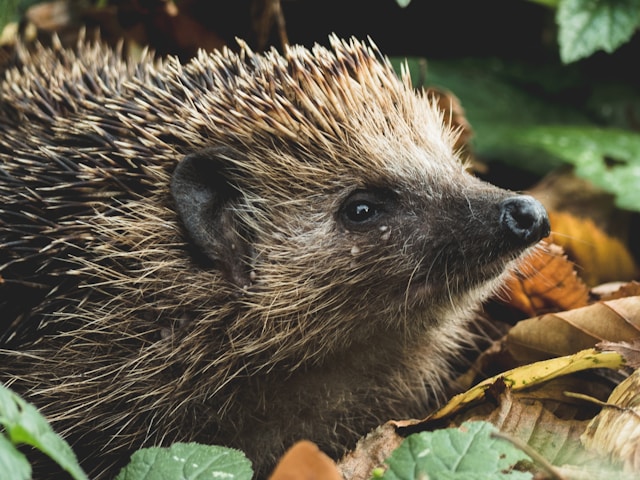European hedgehogs suffer a steep decline, now classed as “near threatened” by the IUCN after a 30% population drop in a decade
Once a common sight in gardens and green spaces across Europe, hedgehogs are rapidly vanishing. Their numbers have plummeted by at least 30% in the past ten years, landing them on the International Union for Conservation of Nature’s (IUCN) red list as “near threatened.” The IUCN’s recent classification reflects the alarming decline of these iconic mammals, who now face mounting threats from urbanisation, intensive farming practices, and vehicle traffic that have turned their once sprawling habitats into fragmented zones.
Historically, hedgehogs held the “least concern” status on the IUCN’s list, but new evidence shows they are inching closer to extinction due to human activity. As cities expand and farmlands intensify, hedgehogs encounter hazardous roads, pesticides that poison their food sources, and fewer places to find safe shelter. Gardens, a vital refuge for hedgehogs, have also become less hospitable; the increased use of pesticides kills the insects they rely on and poses direct poisoning risks to the animals themselves.
Embed from Getty ImagesAbi Gazzard, a programme officer at the IUCN, voiced concern about the species’ bleak outlook, citing a troubling pattern in their population numbers. “Unfortunately, evidence points towards a worrying and widespread downward trend,” she stated. Although red list assessments highlight data gaps and uncertainty about the species’ entire distribution, Gazzard believes there is hope if conservation measures are prioritised. “There is still a chance to halt the decline of the western European hedgehog, and we must aim to prevent any further worsening of status,” she urged.
With one in four mammal species in the UK now under threat, the situation extends far beyond hedgehogs. The Mammal Society, a British charity, is urging the public to consider wildlife-friendly gardening as a lifeline for hedgehogs. Simple actions—like leaving gaps in garden fences, avoiding pesticides, and creating makeshift shelters with log piles or hedgehog houses—could provide safer passage and habitat for these beleaguered creatures.
Hope Nothhelfer, the Mammal Society’s communications officer, pointed to a deep public awareness of the hedgehog’s plight. “This decline will likely come as no surprise to the average person. When hedgehogs come up in conversation, it’s not long before someone says that they just don’t see them any more,” she said. Reflecting on the emotional connection many have with hedgehogs, she added, “The hope is that as hedgehogs become more and more like a distant memory from our childhoods, we will respond with action that will bring these memories back to life.”
The red list assessment this year also brought grim news for UK shorebirds, several of which have moved into higher threat categories. Four species—grey plover, dunlin, turnstone, and curlew sandpiper—are seeing similar declines, largely due to habitat erosion and pollution in their coastal feeding grounds. Once abundant, the grey plover has suffered a 30% drop in numbers since the late 1990s, shifting its status from “least concern” to “vulnerable.” Meanwhile, dunlins and turnstones, familiar winter visitors to UK shores, now fall under “near threatened,” and the curlew sandpiper has joined the “vulnerable” category after similar declines.
Shorebirds face distinct challenges as sea levels rise and climate-related coastal erosion worsens, leaving them with dwindling resting spots before they migrate back to colder climates to breed. Industrial pollution and continued urbanisation have reduced the size and safety of these habitats, forcing these species to crowd into increasingly scarce and risky spaces.
The global IUCN red list this year also underscored the dire situation for trees, revealing that an estimated 38% of tree species worldwide are at risk of extinction. In the organisation’s first-ever global tree assessment, of the 47,282 species reviewed, 16,425 are now classified as at risk. Islands show the most severe tree declines, with invasive species, disease, deforestation, and expanding agriculture eating away at essential forest ecosystems.
For hedgehogs and other species currently battling extinction risks, the IUCN’s report serves as a wake-up call. The fragile balance of biodiversity faces unprecedented pressure, but the report also suggests that targeted conservation efforts can help stabilise certain species. Hedgehogs, often beloved for their quirkiness, are rallying support among conservationists and the public alike, offering hope that they may yet regain a foothold in European gardens and beyond.
